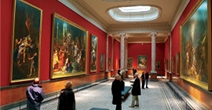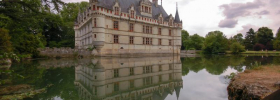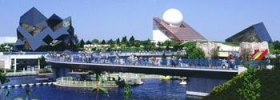 Home
Home- > Tours
- > Champagne-Ardenne
- > Aube
- > Troyes
- > Troyes
Troyes
| Topic | Sciences and discovery |
| Departure | TROYES (10) |
| Details | Troyes is unique. The draw of the town center, that dates back from the middle ages, is a cork of champagne. Its heritage is exceptional: 6 museums, 10 classified churches and 53 hectares of safeguarded sector ... |
The art of the vitrail or the "memory of the glass"
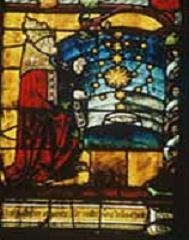
Accommodation nearby
Saint-Pierre Saint-Paul Cathedral (12th - 13th century)
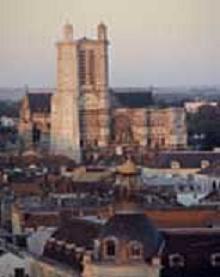
The cathedral Saint-Pierre and Saint-Paul is 114 meters long, 50 meters wide and 28.50 meters high under the arch, the Cathedral is characteristic of the gothic art. The 1500 m2 of windows from the 13th to the 19th century are a fantastic book of pictures. The front with its three blazing portals is the work of Martin Chambiges. The Tower Saint-Paul is unfinished since 1545. The Gate of the choir took out at the 19th century is now the entry of a room of the Metropolitan Museum of New York.
It contains an interesting Treasure with the Reliquary of Saint-Bernard of Clairvaux, a wonderful blanket of the 13th century made of in red silk embroidered of 53 medallion and a beautiful collection of mosans and limousins enamels (12th-13th centuries). Facing the Cathedral, the cellar Saint-Pierre is the former wine cellar of the chapter of the Cathedral. The canons stored there wine and wheat. The framework dates back from the 13th century and would be the oldest of civil buildings of France.
Accommodation nearby
Saint-Urbain Basilica (13th century)
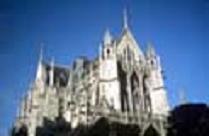
Accommodation nearby
Museum of Modern Art Bishops palace (16th - 17th centuries)
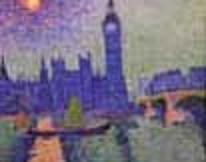
Located in the former Bishops palace, the museum modern artbring together some 2000 masterpieces representing the big pictorial currents of the beginning of the 20th century, from Courbet (1850) to de Staël (1950) with a predilection for the fawn movement and expressionnism. Some evocative names: Vlaminck, Derain, Pond, Dufy, Modigliani, Rouault, Van Dongen, Delacroix, Daumier, Maillol, Picasso, Seurat...
Don't miss: a rare collection of glasswares, flasks, bowls, transparent vases engraved and cutted or in loafed, cracked glass from Maurice Marinot (Troyes glassmaker) and a beautiful collection of African Art, one of the most creative inspiration of the modern painting.
Accommodation nearby
House of the tools and working-class movement
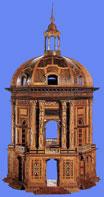
Accommodation nearby
Latest news on : Troyes
Tourism near
 Visit the city of Troyes
Visit the city of Troyes - 6 Museum
- 2 Monuments
Tours
 Discovering the Aube district
Discovering the Aube district
 The Champagne road
The Champagne road






















